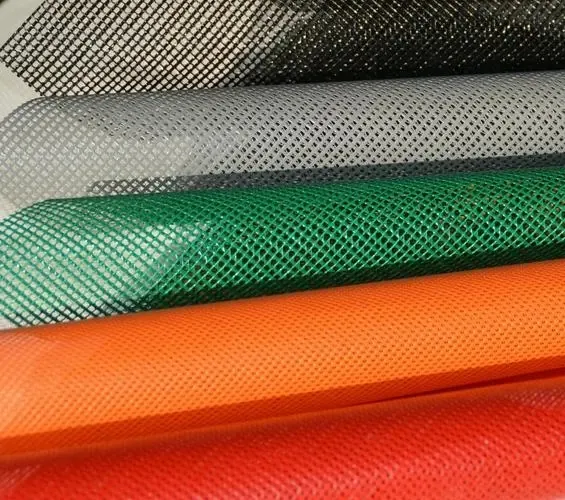Hot Wire Fence for Cattle An Effective Solution for Livestock Management
In the world of cattle farming, effective fencing is critical for the safety and management of livestock. One of the increasingly popular solutions is the hot wire fence, a system that offers numerous benefits for cattle ranchers. This article explores the advantages, installation, maintenance, and best practices of using hot wire fencing in cattle management.
Understanding Hot Wire Fencing
Hot wire fencing, also known as electric fencing, utilizes a series of electrified wires to create a barrier that discourages livestock from breaching its boundaries. The principle is simple when cattle make contact with the wire, they receive a mild, non-lethal electrical shock. This shock serves as a deterrent, teaching the animals to avoid the fence. Unlike traditional fencing, which can be made from wood, barbed wire, or PVC, hot wire fencing is generally composed of a few strands of wire connected to an energizer that generates the electric pulse.
Advantages of Hot Wire Fencing
1. Cost-Effectiveness One of the primary advantages of hot wire fencing is its cost-effectiveness compared to traditional fencing options. Installing a hot wire fence requires fewer materials and labor, resulting in significant savings for cattle ranchers, particularly on large properties.
2. Safety for Animals Although it may seem counterintuitive, hot wire fences can actually be safer for cattle. Traditional barbed wire fences can cause injuries to animals, especially during aggressive interactions. In contrast, hot wire fences reduce the likelihood of such injuries, as cattle are less likely to push against the fence after experiencing the mild shock.
3. Flexibility and Ease of Installation Hot wire fencing is incredibly flexible and can be easily adapted to various landscapes, whether hilly or flat. Its lightweight materials are easier to transport and install, allowing for quick setup and modifications as needed.
4. Effective Containment Hot wire fencing provides an effective means of confinement. Cattle quickly learn to respect the boundaries, which reduces the risk of escape and ensures that the herd remains safely contained within designated grazing areas.
5. Targeted Grazing Management With the ability to quickly establish or modify grazing boundaries, hot wire fencing allows ranchers to implement targeted grazing strategies. This, in turn, contributes to better pasture management and improved land utilization.
hot wire fence for cattle
Installation and Maintenance
Installing a hot wire fence requires careful planning and execution. The first step involves surveying the area to determine the most effective layout. The energizer should be strategically placed to ensure optimal performance, as it needs to be connected to a suitable power source, whether it be battery, solar, or mains electricity.
When installing the wires, it is essential to maintain consistent spacing and height. Typically, the wires are positioned at intervals of 6 to 12 inches, and it is advisable to install at least two or three strands for maximum efficacy. Using high-quality insulated posts or insulators is crucial to prevent energy loss.
Regular maintenance is also key to ensuring the system remains functional. Ranchers should periodically check for any vegetation overgrowth that may touch the wires and cause shorts, as well as inspect the energizer and connections to ensure everything is in optimal condition.
Best Practices
1. Training Cattle A critical step in ensuring the success of a hot wire fence is to train the cattle effectively. This can be done by carefully introducing them to the fence while ensuring that they experience the shock in a controlled manner.
2. Monitoring Regular monitoring of the electric fencing is essential. Ranchers should check the voltage levels, the condition of the wires, and the integrity of the energizer frequently.
3. Combining with Traditional Fencing For added security, hot wire fencing can be combined with conventional fences, particularly in areas where wildlife might pose a threat to cattle.
Conclusion
Hot wire fencing presents an efficient, cost-effective, and safe solution for managing cattle on ranches. By understanding its benefits, installation processes, and best practices, ranchers can effectively harness this technology to improve livestock management, enhance pasture utilization, and ultimately boost productivity. With a focus on seamless integration and regular maintenance, hot wire fencing can be a powerful tool in the pursuit of successful cattle farming.























